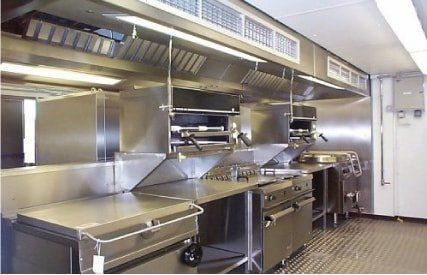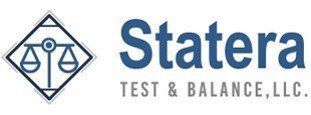Our Services
What is Testing, Adjusting, and, Balancing (TAB)?
Testing
This involves using specialized and calibrated instruments to measure various parameters within the HVAC system. These measurements can include:
- Airflow rates (e.g., cubic feet per minute - CFM) from supply and return diffusers.
- Water flow rates in hydronic (water-based) systems.
- Temperatures (supply air, return air, room temperature, water temperature).
- Pressures (static pressure in ducts, differential pressure across coils, room pressure).
- Humidity levels.
- Fan and pump performance (RPM, amperage, voltage).
The goal of testing is to gather accurate data on how the system is actually performing compared to the engineer's design specifications.
Adjusting
Based on the test results, technicians make necessary alterations to system components to bring their performance in line with the design requirements. This can involve:
- Opening or closing dampers in the ductwork to regulate airflow to specific zones or rooms.
- Adjusting control valves in hydronic systems to manage water flow.
- Changing fan speeds or pump impeller sizes.
- Fine-tuning temperature settings on thermostats or control systems.
- Addressing any identified issues like duct leaks or blockages.
Adjusting is about actively manipulating the system to achieve the desired operating conditions.
Balancing
This is the methodical regulation of fluid flows (air or water) throughout the entire system to ensure an even and proportional distribution. It's about making sure that each area of the building receives the correct amount of heating, cooling, and ventilation as specified in the design. Balancing often involves an iterative process of adjusting and re-measuring, starting with the least flowing terminals and proportionally adjusting others to match. The aim is to eliminate hot or cold spots, ensure proper ventilation, and minimize energy waste.
In essence, TAB is a systematic approach to verifying, calibrating, and optimizing HVAC systems to achieve:
- Optimal Comfort: Consistent temperatures and airflow throughout the building.
- Energy Efficiency: Reducing wasted energy by ensuring the system operates at its designed efficiency.
- Indoor Air Quality: Proper ventilation and air exchange rates for a healthy environment.
- Extended Equipment Life: Less strain on components due to balanced operation.
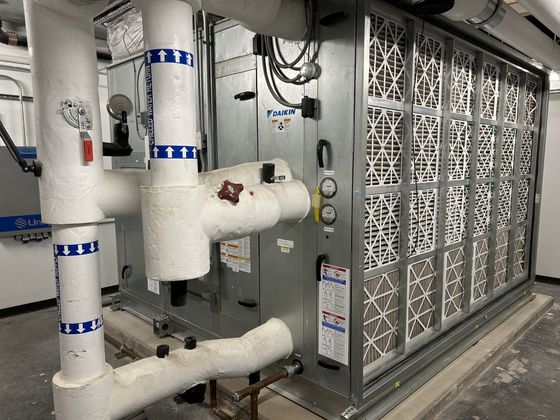
Indoor Air Quality

Ensure buildings are in a positive pressure state and treating volatile organic compounds through systems provided.
Fume Hood Testing in Laboratory Settings
Testing hoods to ensure equipment is maintaining the proper cubic feet per minute and feet per minute at sash opening.
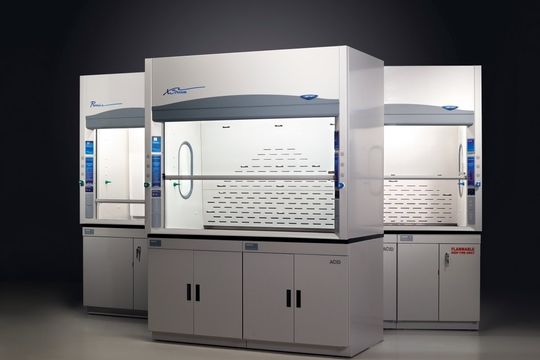
Room Air Changes Per Hour
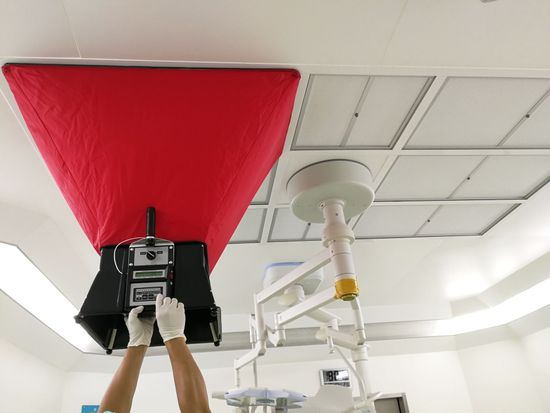
To secure room pressures and proper air changes required for sterile environments.
Commercial Kitchen Hood Testing
To guarantee kitchen exhaust and make-up air system are running effectively and efficiently so that the surrounding areas are not affected within building.
